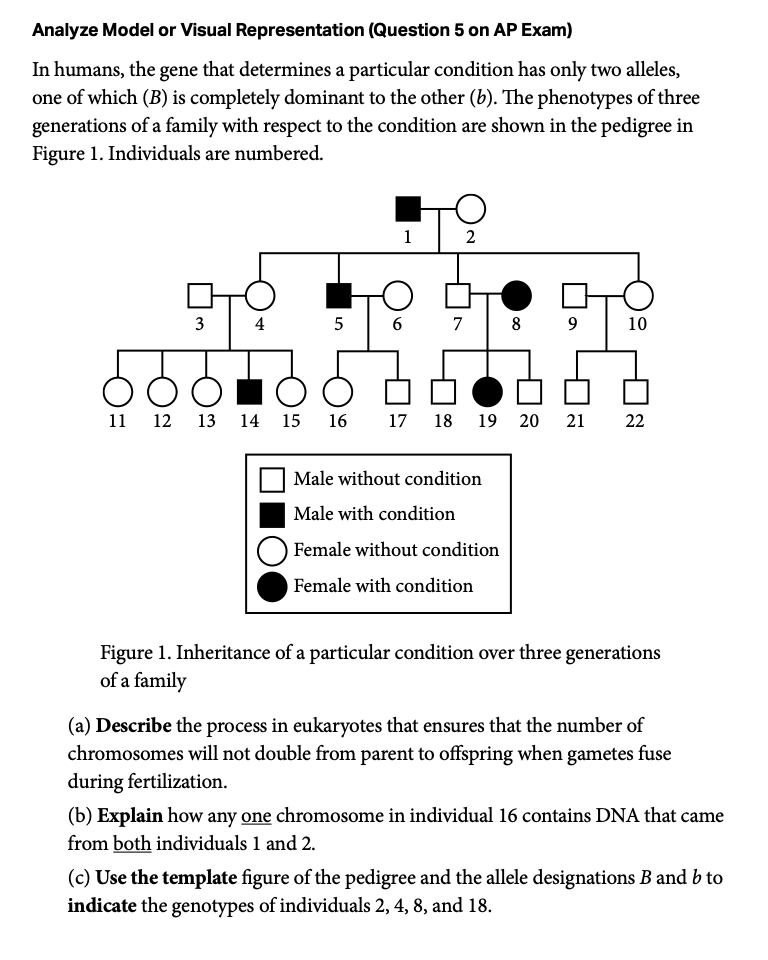


Most sponges are sequential hermaphrodites, with each individual producing both sperm and eggs in sequence.? We use these pliant, honeycombed skeletons as bath sponges.

Other sponges produce more flexible fibers from a collagen protein called spongin.In some groups of sponges, these fibers are sharp spicules of calcium carbonate or silica.They also secrete tough skeletal fibers within the mesohyl.They take up food from water and from choanocytes, digest it, and carry nutrients to other cells.Wandering though the mesohyl are amoebocytes.The body of a sponge consists of two cell layers separated by a gelatinous region, the mesohyl.Based on both molecular evidence and the morphology of their choanocytes, sponges evolved from a colonial choanoflagellate ancestor.

Flagellated choanocytes, or collar cells, lining the spongocoel (internal water chambers) create a flow of water through the sponge with their flagella and trap food with their collars.Sponges collect food particles from water passing through food-trapping equipment.The sponge body does contain different cell types.The germ layers of sponges are loose federations of cells, which are not really tissues because the cells are relatively unspecialized.Unlike eumetazoa, sponges lack true issues, groups of similar cells that form a functional unit.Sponges range in height from about a few mm to 2 m and most are marine.More complex sponges have folded body walls, and many contain branched water canals and several oscula.Water is drawn through the pores into a central cavity, the spongocoel, and flows out through a larger opening, the osculum.The body of a simple sponge resembles a sac perforated with holes.Living in freshwater and marine environments, sponges are suspension feeders.Sponges (phylum Porifera) are so sedentary that they were mistaken for plants by the early Greeks.Invertebrates inhabit nearly all environments on Earth, from the scalding water of deep-sea hydrothermal vents to the rocky, frozen ground of Antarctica.Ĭoncept 33.1 Sponges are sessile and have a porous body and choanocytes.More than a million extant species of animals are known, and at least as many more will probably be identified by future biologists.Invertebrates-animals without a backbone-account for 95% of known animal species and all but one of the roughly 35 animal phyla that have been described.


 0 kommentar(er)
0 kommentar(er)
